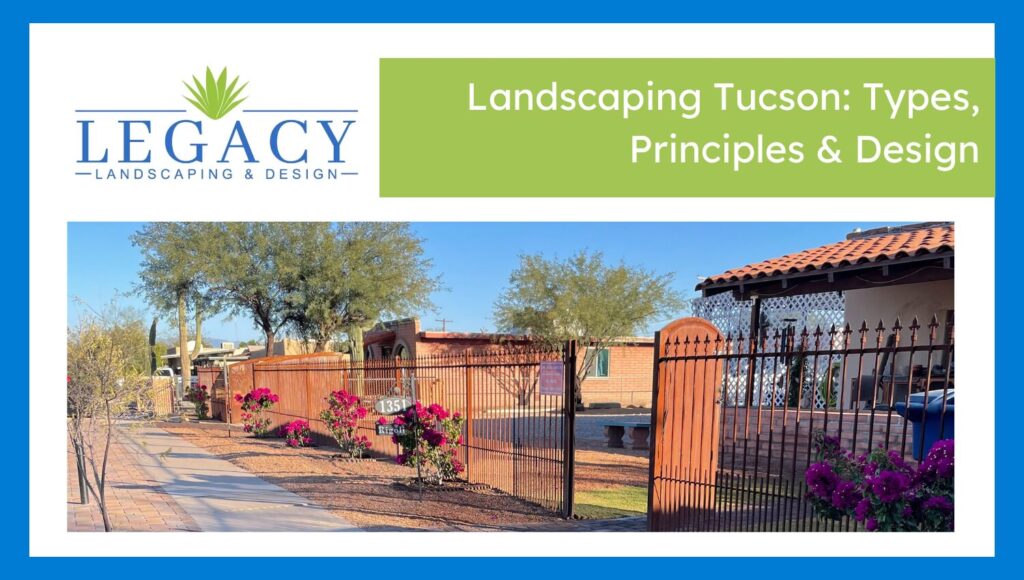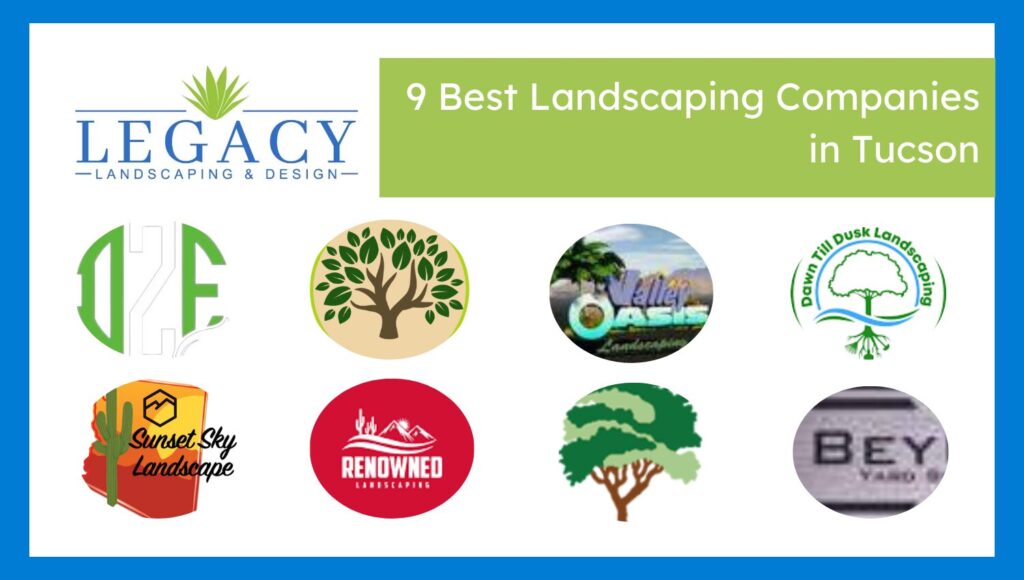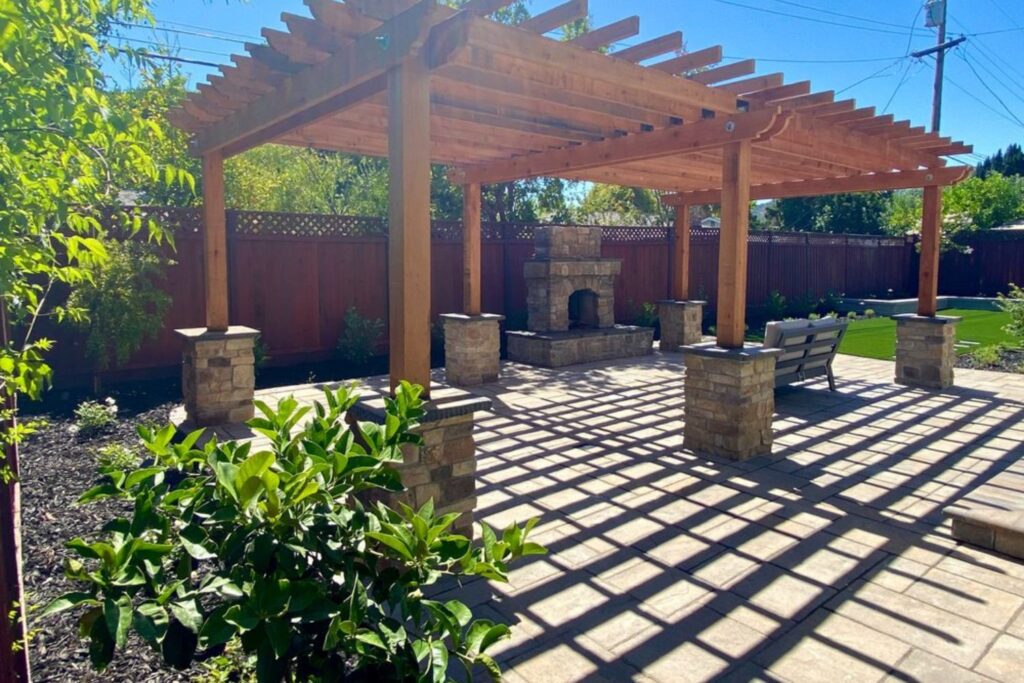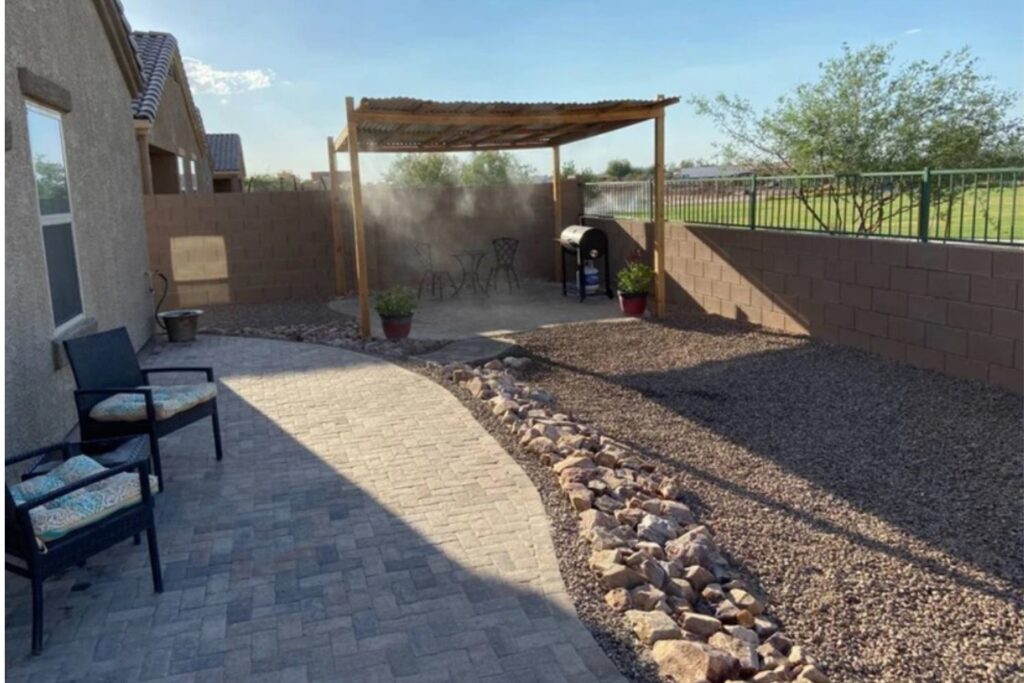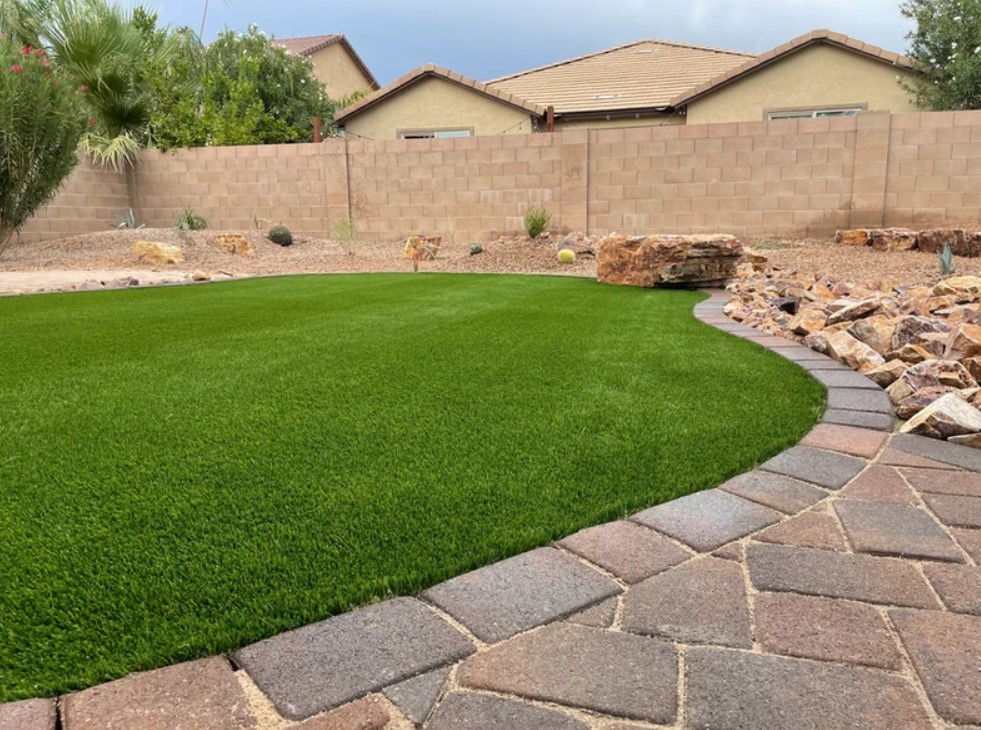Landscaping Tucson: Types, Principles & Design
What is Landscaping & Landscape Design? Landscaping is the process of planting, constructing, or relocating objects in the outdoor environment, to increase their value and beauty. Landscape design is central to this process, by which outdoor spaces are crafted and arranged within the environment to harmonize beauty and functionality. Landscaping impacts the overall look, and environment and adds a magical touch to your boring garden. It modifies the outdoor spaces by adding elements like plants, trees, flowers, hardscaping materials, and water features. To put these visions into practice, one needs to involve a landscape designer, who combines artistic vision with knowledge of horticulture to create a functional and aesthetically pleasing environment. A landscape designer helps to achieve visual harmony by evenly distributing elements and giving a cohesive look to your garden by adding materials, colors, and styles. Table of Contents What are the Types of Landscaping Design Styles? The 11 major types of landscaping serve a unique purpose, catering to different environments and needs. Formal Informal Tropical Desert Residential Commercial Mediterranean Japanese English Sustainable Xeriscaping Every type of landscaping adds beauty to the outdoor spaces and is different from each other. Each consists of various characteristics, elements, and patterns that give your boring landscape a fresh and trendy look. Formal Formal landscaping characterizes order, geometry, and symmetry. Based on design philosophy, formal landscaping is mostly utilized in Royal and Upper-Courtesy settings. This style originated with the ancient Greeks, who were fascinated with geometry and mathematics. The main characteristics are defined/depicted in symmetrical Plantings, structured topiary, and defined pathways with repetitive patterns. Every Element follows well-defined and recognizable shapes. The design is materialized by Stone and brick, metal (iron/wrought iron), wood (timber), concrete and marble, and topiary and shrubs (hedges). Water features further add a sense of tranquility, sound, and visual interest to the landscape. Fountains, pools, and reflecting ponds are common water features in formal landscapes. The formal landscape color scheme includes monochromatic and neutral schemes, analogous schemes, and complementary schemes, which feature Tranquility and Flow, Visual Depth, Focal Points, and balanced vibrancy. Informal Informal landscaping focuses on a more natural appearance and uses a free-flowing style that appears less structured. It features asymmetry, curving lines, and a more casual aesthetic. The main characteristics are asymmetrical design, naturalistic features, and minimal structure with less intensive care than formal landscaping. One key feature of informal landscaping is the use of curved lines helps to create a meandering feel as it contains harmonizing, earthy tones and seasonal blossoms that reflect a natural charm. Informal gardens are more forgiving because plants adapt over time, and the design evolves to accommodate natural processes. They often include native plants, wildflowers, and natural elements such as rock, wood, or water, creating a unique and harmonious look. This philosophical style aims to blend seamlessly with the environment, combining soft grasses, rugged bark, and colorful flowers to enhance visual interest. Tropical Tropical landscaping transforms your outdoor space into a lush, serene paradise. It includes elements found in tropical regions like lively flowers and a warm climate atmosphere that draws inspiration from tropical rainforests, beaches, and island environments. The key characteristics of tropical landscapes include dense foliage, exotic plants, and water features that help to create a sense of tranquility. It consists of a layered design with tall trees or palms at the back, shrubs and plants in the middle, and ground cover or grasses at the front. Tropical plants bloom in hot, humid climates and are recognized for their vibrant colors, dramatic shapes, and lush greenery, and Southern California’s climate is ideal for many species. Tropical landscaping is an art that combines luxury and sustainability with comfortable seating areas, and plenty of space for outdoor living and relaxation. Desert Desert landscaping is designed to withstand the dry, arid climate with minimum water usage. Their distinctive colors and natural plants offer a climate-specific visual experience that pays homage to the tranquil beauty of their surroundings. This style includes minimal irrigation, effective water usage, and hardscaping elements like pathways, patios, or stones to reduce water reliance. Desert landscaping is popular in limited rainfall regions like the Southwestern United States, the Middle East, and parts of Australia. The main characteristics are drought-tolerant plants, rocks, gravel, and their unique texture. Desert landscaping makes your yard appear beautiful and appealing without wasting water. It includes plants and materials that withstand intense heat like yucca, agave, and aloe vera. It blends functionality with natural beauty, requires low maintenance, and mimics the natural look of a desert environment. Residential Residential landscaping focuses on creating outdoor spaces for homes and surrounding private residences including lawns, gardens, trees, and bushes, increasing their beauty and functionality. Based on functional purpose, it combines design elements, plant selection, hardscaping, and maintenance to create a beautiful and livable outdoor environment. The residential landscape design uses sustainable landscaping approaches, such as native plant utilization and water saving, while reflecting the homeowner’s style and preferences. It helps to increase the curb appeal and value of your property because of its characteristics like aesthetic appeal, personalization, and environmental considerations. Residential landscaping requires proper maintenance for your garden’s long-term health and beauty as it consists of various plants like trees, shrubs, flowers, and grasses that bloom in different seasons. The design is materialized by stones, concrete, or pavers which intensify the beauty of your garden area. Commercial Commercial landscape design creates outdoor environments for business facilities such as office buildings, shopping malls, hotels, and restaurants. It consists of planting trees, shrubs, and flowers, installing walkways, lighting, and irrigation systems, and maintaining lawns and gardens. The style of this landscaping perfectly aligns with the organization’s brand identity and accommodates heavy human traffic. Commercial landscaping supports the local ecosystem by including pollinator-friendly plants and minimizing chemical fertilizers. This style helps to increase the look of your property with ornamental plants, trees, hardscapes, and efficient lighting. Commercial landscape elements include a well-designed entrance, reduced heat build-up around parking areas, and clear paths, signs, and landmarks to guide

